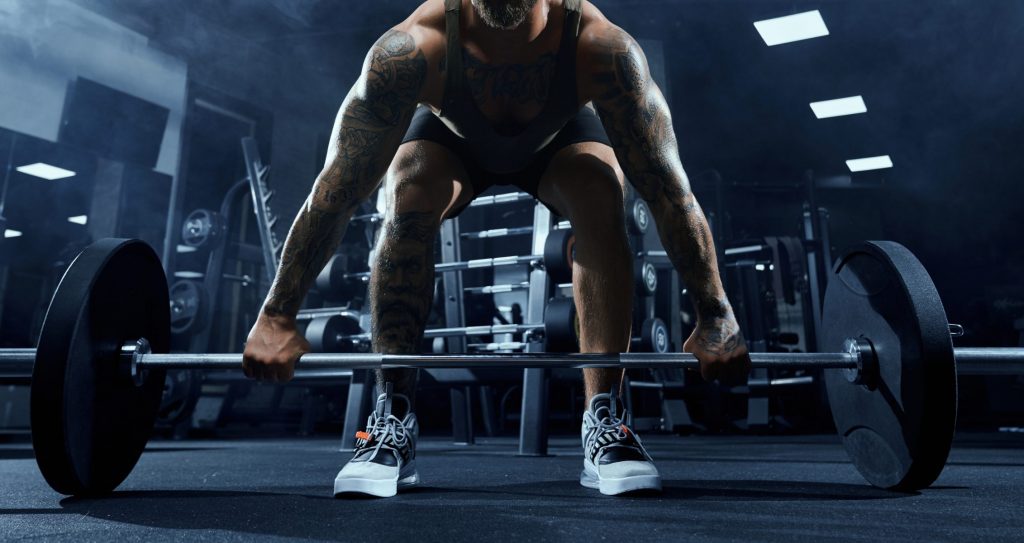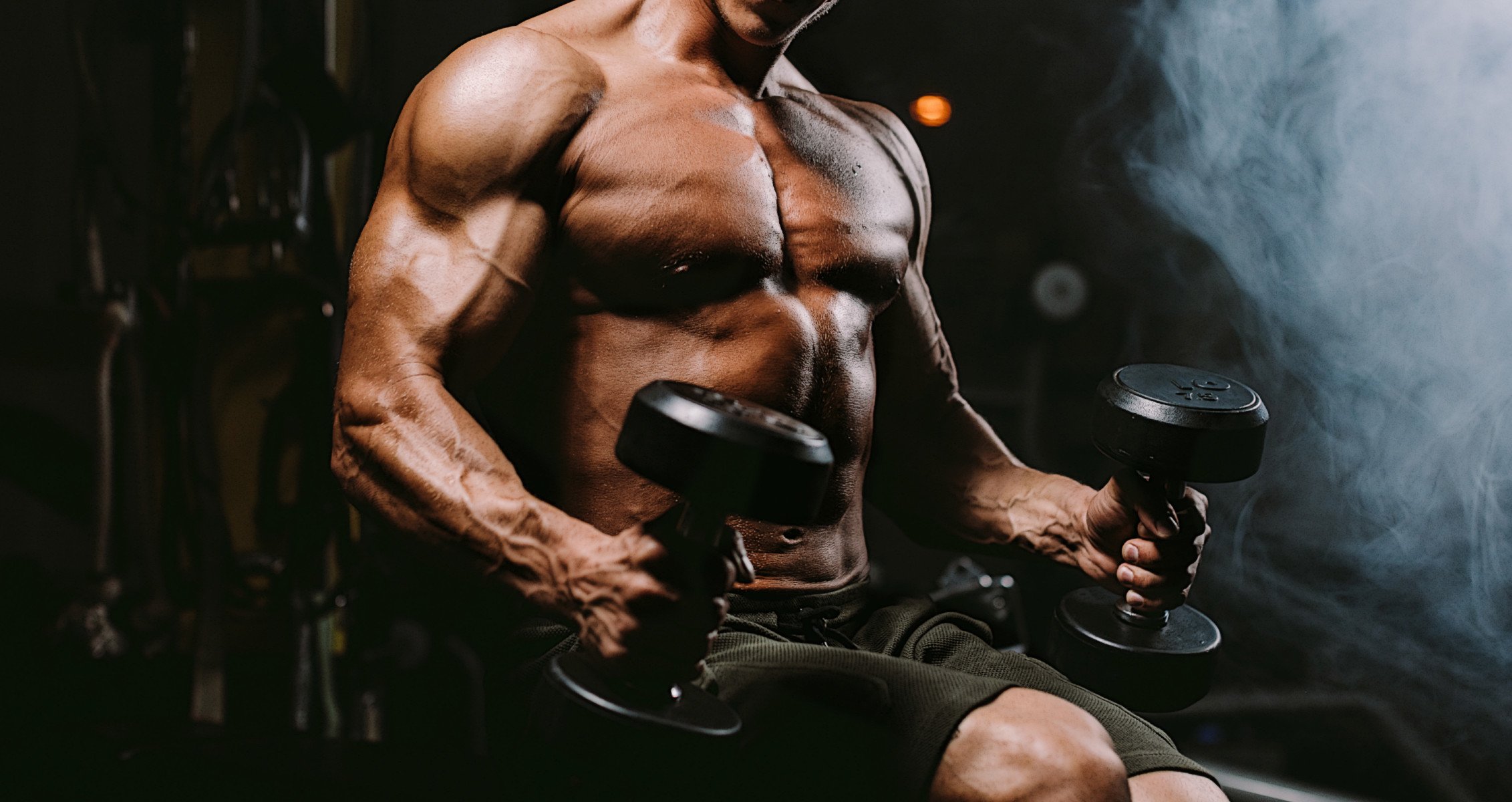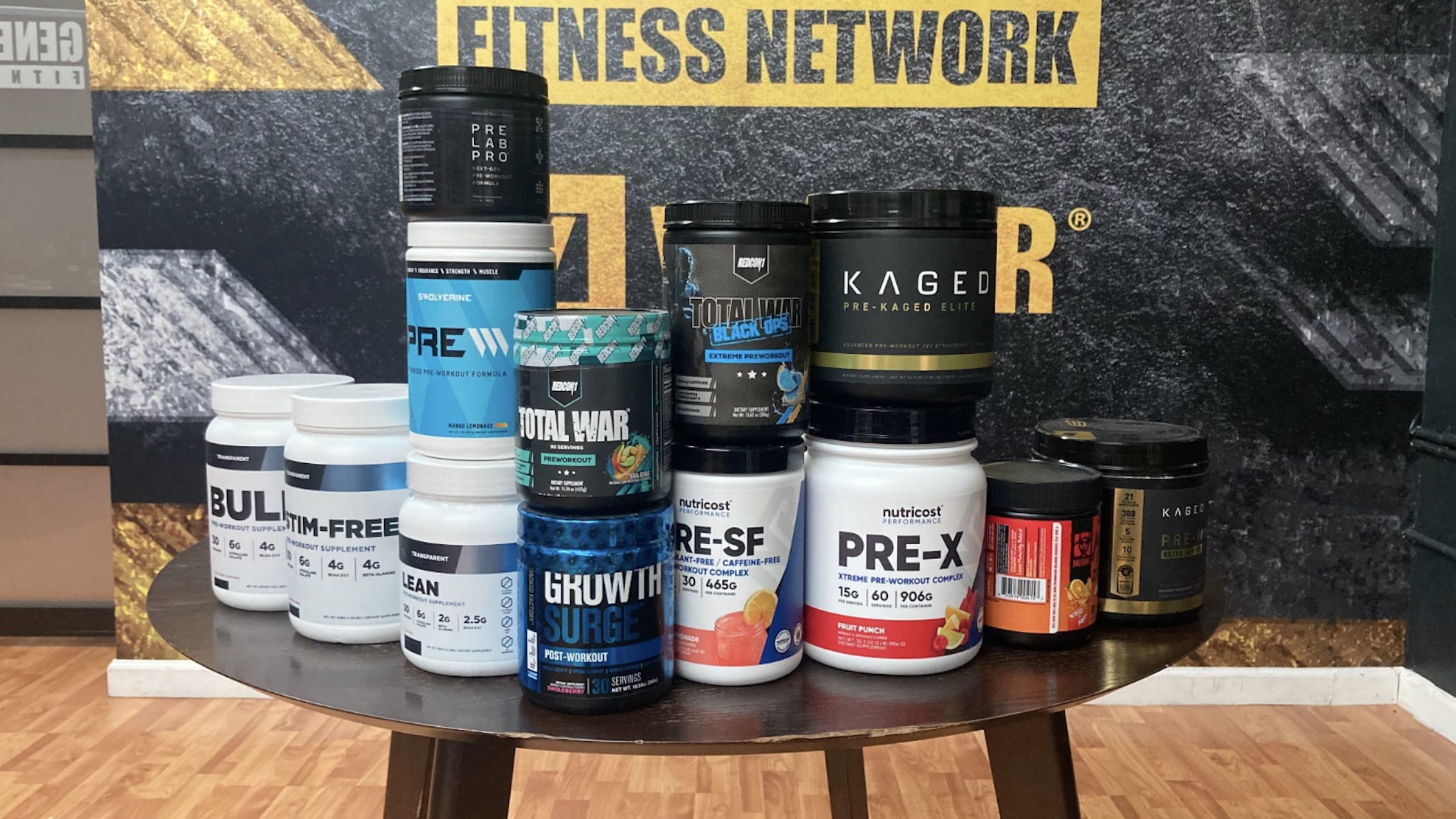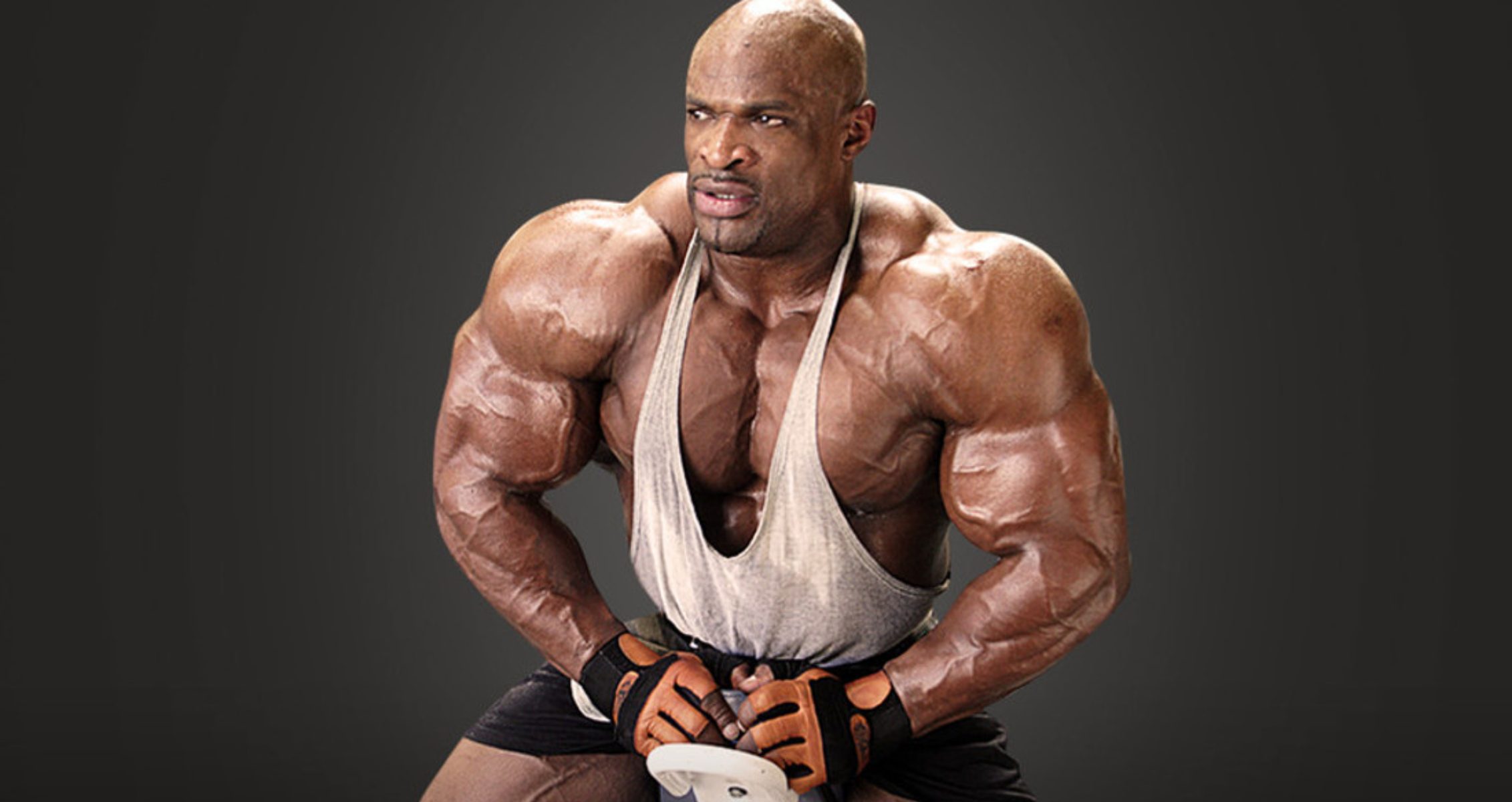The reverse deadlift has you pull the load from behind your midline.
Deadlifts are a cornerstone of weightlifting, renowned for strengthening the back and posterior chain muscles (1). As one of the “big three” lifts — alongside squats and bench presses — deadlifts are essential for building overall strength and achieving impressive numbers in the gym. However, performing the same movement repeatedly can become monotonous. Consider incorporating the reverse deadlift into your routine to shake things up and keep your training fresh. This variation targets similar muscle groups while offering a new challenge to your strength-building efforts.
In this article, we’ll explore the reverse deadlift in detail, including the muscles it engages and the benefits it provides for overall strength and muscle development. You’ll also find step-by-step instructions to ensure proper form and minimize the risk of injury. For those looking to diversify their workouts further, we’ll highlight alternative exercises that effectively target the same muscle groups. Whether you’re a seasoned athlete or a gym enthusiast, this guide will help expand your strength-training arsenal.
Technique & Muscles Worked
The reverse deadlift is a compound movement similar to the deadlift. It works the entire body, including the glutes, quads, hamstrings, adductors, erector spinae, lats, traps, posterior delts, rhomboids, abs, and obliques. This exercise also builds grip strength and strengthens the forearms.
The reverse deadlift requires proper attention to form when executing the movements. You need a barbell to perform this exercise. Using light loads or a non-weighted bar is also important to get the proper form before upgrading to heavier weights.
Before you begin the reverse deadlift exercise, it’s also essential to warm up to get blood flowing around the knees, hip joints, and adductors to reduce fatigue and improve your exercise performance (2). You could do hip adductor and abductor exercises, hip rotations, glute bridges, or even light squats.
You can use an overhand, reverse, or mixed grip to perform this exercise. You also have the option of using barbells, dumbbells, or kettlebells. This guide shows how to perform this exercise using a barbell and an overhand grip.
Here are step-by-step instructions on how to do the reverse deadlift correctly.
- Load the barbell with the appropriate weights and put it behind your legs. Then, stand with your feet hip-width apart, facing away from the barbell.
- Keep a slight bend in your knees and your toes pointed outward.
- Hinge your hips and bend your knees as you place your arms behind to grab the barbell using an overhand grip.
- Your hand should be slightly wider than shoulder-width length. In this position, your starting position, ensure you keep your shoulders down and your back straight.
- Next, take a deep breath, brace your core muscles, and lift the barbell from the floor, pulling it towards your hips.
- Keep your elbow close to your body and keep your shoulders down. You have fully extended your knees and hips in the kout position.
- Hold this position for about one to two seconds, then slowly control the movement, reverse it, and return to the starting position.
Benefits
The reverse deadlift is a variation of the conventional deadlift that works similar muscles. Let’s examine some of the benefits of performing this exercise.
Excellent Back-Building Routine
Reverse deadlifts engage and strengthen the back muscles. They work on most of the major back muscles, including the lats, traps, rhomboids, and, to a certain extent, the posterior delts. This gives you a bigger, well-defined, and more stable back, allowing you to lift heavier objects and maintain the proper posture.
Builds the Lower Body Muscles
Reverse deadlifts also work your lower body muscles. They’re glute-builders that strengthen the quads, hamstrings, and adductor muscles. Working these muscles can improve your mobility, flexibility, and explosive power, improving your daily movements and overall quality of life.
Engages the Core
Reverse deadlifts are a great way to engage and activate your core muscles. Core muscles are important because they help improve your exercise form and reduce the chances of injuries.
Improves Functional Movements
If you have challenges bending, walking, jumping, running, or moving your hips and waist, reverse deadlifts can help improve those functions. They strengthen the hips and knee joints. This exercise also builds multiple muscle groups, strengthens them for daily activities, and improves athletic performance.
Better Grip Strength
The awkward positioning of the reverse deadlift also emphasizes your forearms and grip. Over time, this routine will strengthen your grip, which will carry over to other lifts and improve your form.
Reverse Deadlift Alternatives
Reverse deadlifts work multiple muscle groups and are an effective way to switch up your deadlift routine. This exercise emphasizes grip strength, posterior chain development, and functional fitness. However, if you’re looking for alternative exercises for the lower body, the three alternatives are listed below.
Bent Over Rows
Bent over rows primarily works your back muscles and, to a certain degree, works your hamstrings, glutes, and lower back. You can use the preferred weight of a barbell for this exercise. However, you can also tweak it using other free weights like kettlebells, dumbbells, or resistance bands.
Kettlebell Swings
Kettlebell swings work your lower and upper body muscles like reverse deadlifts. It uses a hinge pattern by swinging the kettlebell through a range of motion that works the glutes, hamstrings, lower back, lats, and core muscles. According to this study, you can even use kettlebell swings to improve your explosive strength (3).
Jefferson Squats
Jefferson squats are a variation of the squat that works both the upper and lower body, similar to reverse deadlifts. This advanced variation requires a lot of balance to execute but offers many muscle and strength benefits. It’s also a great way to improve grip strength.
FAQs
What does a reverse deadlift do?
Reverse deadlifts are weight training exercises that work the upper and lower body muscles. They’re excellent for strengthening grip and lower body, building a stronger back, and enhancing functional movements.
What is the difference between a deadlift and a reverse deadlift?
Weight positioning is the major difference between a deadlift and a reverse deadlift. While during a deadlift, the bar is in front of you, and your toes are pointed out, the reverse deadlift requires that you stand just behind the bar and deadlift from behind.
What’s the point of a reverse grip deadlift?
Using a reverse grip to deadlift pulls the load from behind the midline rather than in front to emphasize different muscles during the deadlift. It also, to a certain degree, increases your grip strength and stability when lifting the bar.
Follow Generation Iron on Instagram, Facebook, and Twitter for more exercise guides!
References
- Martín-Fuentes, I., Oliva-Lozano, J. M., & Muyor, J. M. (2020). Electromyographic activity in deadlift exercise and its variants. A systematic review. PloS one, 15(2), e0229507. https://doi.org/10.1371/journal.pone.0229507
- Fradkin, A. J., Zazryn, T. R., & Smoliga, J. M. (2010). Effects of warming-up on physical performance: a systematic review with meta-analysis. Journal of strength and conditioning research, 24(1), 140–148. https://doi.org/10.1519/JSC.0b013e3181c643a0
- Lake, J. P., & Lauder, M. A. (2012). Kettlebell swing training improves maximal and explosive strength. Journal of strength and conditioning research, 26(8), 2228–2233. https://doi.org/10.1519/JSC.0b013e31825c2c9b
